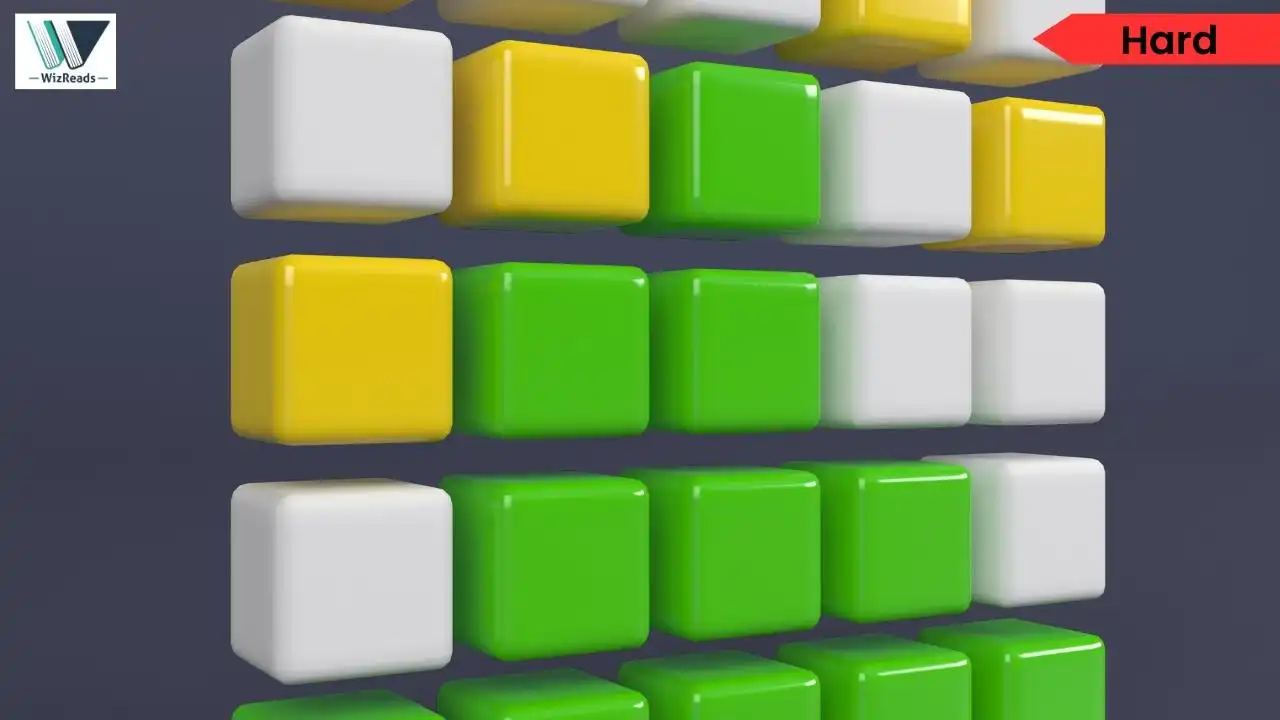
Newsletter Subscribe
Enter your email address below and subscribe to our newsletter

Enter your email address below and subscribe to our newsletter

What psychological tricks make games like Wordle so addictive? What makes certain games go viral while others fade into obscurity? These difficult passages analyze how Wordle’s unique social sharing mechanics created a phenomenon that traditional word games couldn’t match.
Read these hard English passage(s) in Social Sciences and answer the question(s) that follows. You can choose the GMAT style Reading Passage and the question or the GRE RC variant and answer the GRE-style question. Even better, you could solve both.
Contemporary digital games attain widespread popularity through distinct mechanisms compared to their traditional counterparts. Wordle, a word-guessing game that exploded from 90 players to over 2 million within months, exemplifies how modern viral phenomena leverage psychological and social dynamics rather than sophisticated gameplay. Unlike conventional games that rely on elaborate mechanics or cutting-edge graphics to attract players, Wordle’s success stems primarily from its ingenious social sharing component – a colorful grid displaying one’s problem-solving journey without revealing the solution. This shareable result functions as both personal achievement badge and communal invitation, whereas traditional games typically separate the gaming experience from its social promotion. The psychological appeal of Wordle contrasts markedly with that of complex digital entertainments. While immersive video games often depend on extended engagement and incremental reward systems, Wordle employs artificial scarcity through its once-daily puzzle limitation, creating anticipation rather than instant gratification. According to gaming scholar Thi Nguyen, Wordle’s distinctive innovation lies in its ability to compress an “arc of decisions, attempts and failures” into a visually compelling, instantly understandable format – a feature largely absent in traditional word games that emphasize only final outcomes rather than the problem-solving process. This fundamental difference explains why Wordle inspired numerous derivative products across diverse media including memes, artistic interpretations, and even physical crafts – manifestations rarely generated by conventional puzzle games, which typically inspire only direct imitations rather than creative reinterpretations.
According to Nguyen, Wordle’s key advantage is its ability to “compress an ‘arc of decisions, attempts and failures’ into a visually compelling, instantly understandable format.” PixelPuzzle is the only option that allows players to share their entire problem-solving journey through progressive guesses with color-coded feedback, thus visually displaying the complete path to solution including incorrect attempts.
Options (1) through (4) all fail to capture this essential feature. ColorMatch (A) only shares the final solution, not the progression of attempts. StoryWeb (B) shows contributions but not the drafting process or rejected ideas. MelodyGuess (C) merely shares a final score without showing the attempts made. NumberLogic (D) only displays the completed solution without revealing the problem-solving journey. None of these options provide the visual representation of both successes and failures that Nguyen identifies as Wordle’s distinctive innovation.
Correct Answer: Choice (E)

Unlike traditional board games that disseminate through retail channels, modern digital diversions achieve virality through distinct psychological mechanisms. Wordle, which expanded from 90 users to over 2 million within three months, exemplifies how contemporary digital phenomena leverage specific behavioral principles. Whereas conventional puzzles provide unlimited engagement opportunities, Wordle instituted artificial scarcity through its once-daily limitation, creating anticipation rather than satiation. This manufactured rarity contrasts sharply with traditional word games’ approach of maximizing availability to ensure consumer satisfaction. Additionally, while traditional games primarily facilitate private entertainment experiences, Wordle transformed game outcomes into social currency through its innovative sharing mechanism — a colorful grid displaying problem-solving progression without revealing solutions. This shareable result differs fundamentally from conventional games’ achievement metrics by emphasizing process transparency over outcome celebration. The game’s explosive growth illustrates how contemporary digital entertainment succeeds not through complex mechanics but by integrating social psychology principles: facilitating status display, community participation, and pattern recognition while maintaining accessibility — features largely absent from traditional gaming paradigms that prioritized complexity and extended engagement.
“Whereas conventional puzzles provide unlimited engagement opportunities, Wordle instituted artificial scarcity through its once-daily limitation, creating anticipation rather than satiation.”
This is the correct answer because it explicitly connects Wordle’s limited availability (“once-daily limitation”) to the specific psychological effect it produces (“creating anticipation rather than satiation”). The sentence identifies both the mechanism (artificial scarcity) and its direct psychological impact on users.
The following sentence (“This manufactured rarity contrasts sharply with traditional word games’ approach of maximizing availability to ensure consumer satisfaction”) might seem like an alternative answer, but it primarily focuses on comparing Wordle’s approach to traditional games rather than explaining the psychological effect of the limitation on players.